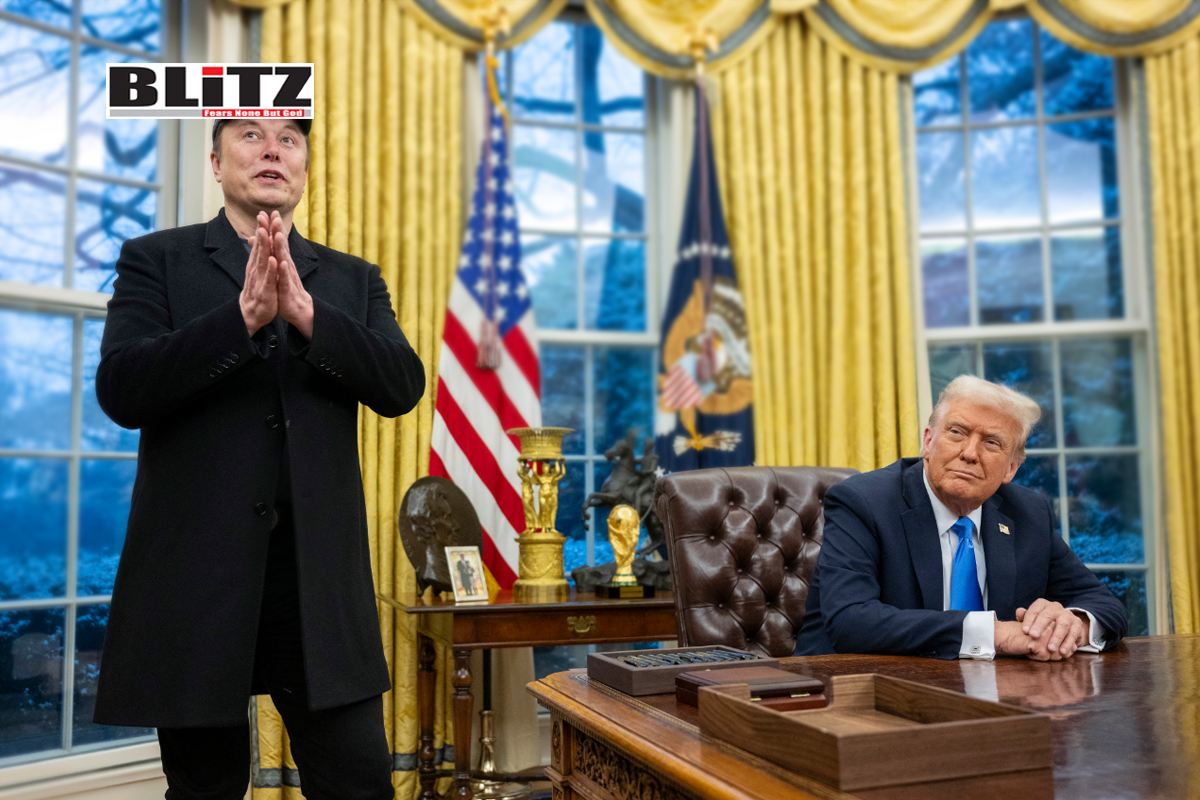Gold overtakes euro as second-largest reserve amid global geopolitical tensions
- Update Time : Saturday, June 14, 2025

In a significant reshuffling of global financial order, gold has overtaken the euro to become the second-largest reserve asset by market value worldwide, trailing only the US dollar. The European Central Bank (ECB) confirmed this development in its annual review of the international role of the euro, attributing the shift to a record-breaking wave of central bank gold purchases and the rise of global geopolitical instability.
The ECB report, released on June 11, reveals that central banks increased their gold holdings by more than 1,000 tonnes in 2024 – double the average annual increase observed over the past decade. This brought total official gold holdings to approximately 36,000 tonnes, approaching the levels last seen in 1965 during the waning years of the Bretton Woods monetary system.
The dramatic resurgence in demand, combined with a near 30% surge in gold prices throughout 2024, elevated the precious metal’s standing in global reserves. By the end of the year, gold constituted roughly 20% of global official reserves by market value, eclipsing the euro, which accounted for 16%.
The price of gold soared to record highs, breaching $3,500 per troy ounce, driven not only by increased institutional demand but also by investor anxiety over international instability, inflationary risks, and shifting alliances in global trade and politics.
“This stockpile, together with high prices, made gold the second-largest global reserve asset at market prices in 2024 – after the US dollar,” the ECB stated. The bank emphasized that, despite the euro’s steady performance when measured at constant exchange rates, gold’s meteoric rise in value pushed it ahead in total market terms.
Central banks, particularly in emerging markets and non-Western nations, have significantly increased their allocations to gold. The ECB report found that two-thirds of central banks cited diversification as a key motivation, while two-fifths explicitly identified geopolitical risk as a driving factor.
For many countries, gold represents a politically neutral, non-fiat store of value that cannot be easily frozen, sanctioned, or devalued by the policies of a single government. The Ukraine war, escalating tensions between the US and China, instability in the Middle East, and growing concerns over the reach of Western sanctions have pushed central bankers to reconsider their reliance on traditional fiat currencies.
Among the biggest buyers were nations within or aligned with the BRICS bloc – Brazil, Russia, India, China, and South Africa – as well as others like Turkey and Kazakhstan, who see gold as a strategic hedge against Western-dominated financial systems.
Despite being overtaken in market value terms, the euro has maintained its role as the second-most-used currency in international finance, according to the ECB. Its share in global reserves, when measured at constant exchange rates, remained stable around 20%.
“The international role of the euro remained broadly stable in 2024,” the ECB concluded. However, that stability masks underlying vulnerabilities. The ECB has flagged that some countries are “actively exploring alternatives to traditional cross-border payment systems,” particularly in light of the evolving geopolitical landscape.
This includes growing interest in bilateral trade agreements that bypass the dollar and euro, the use of alternative clearing mechanisms such as China’s Cross-Border Interbank Payment System (CIPS), and the increasing experimentation with central bank digital currencies (CBDCs).
While gold has risen as a trusted traditional asset, the ECB also noted mounting challenges from new technologies that could further erode the dominance of both the dollar and euro in global finance. Chief among them are cryptocurrencies and stablecoins – the latter particularly those backed by US Treasuries.
These digital assets are being increasingly used for cross-border transactions, especially in regions where sanctions, inflation, or currency instability have diminished trust in local or foreign fiat currencies. While still relatively small in scale, their growing use is adding to the fragmentation of the global monetary order.
Stablecoins pegged to the US dollar may inadvertently reinforce the greenback’s dominance, even as they circumvent traditional financial institutions and regulatory frameworks. This paradox could pose regulatory and monetary challenges for central banks trying to preserve autonomy over their domestic financial systems.
Despite gold’s rise and the euro’s diminished market share, the US dollar remains the dominant global reserve currency. However, its share fell slightly in 2024 to 57.8%, continuing a gradual downward trend that reflects global efforts to diversify away from dollar-centric systems.
Yet, the dollar’s role is deeply entrenched – in trade invoicing, cross-border lending, and settlement systems – giving it resilience even in a rapidly changing environment. For now, the dollar still serves as the world’s primary anchor currency.
Gold’s ascendance, coupled with the growing role of alternative financial mechanisms and digital currencies, suggests that the era of unchallenged Western monetary dominance may be giving way to a more multipolar financial world.
For many central banks, especially those in the Global South, the lesson of the past several years is clear: diversification is not just a financial strategy, but a geopolitical imperative.
As 2025 unfolds, the future of global reserves may rest on three pillars – the enduring strength of the US dollar, the rising prominence of gold, and the uncertain but growing influence of digital assets. The euro, while stable for now, must navigate a world where trust in Western institutions is no longer taken for granted.










